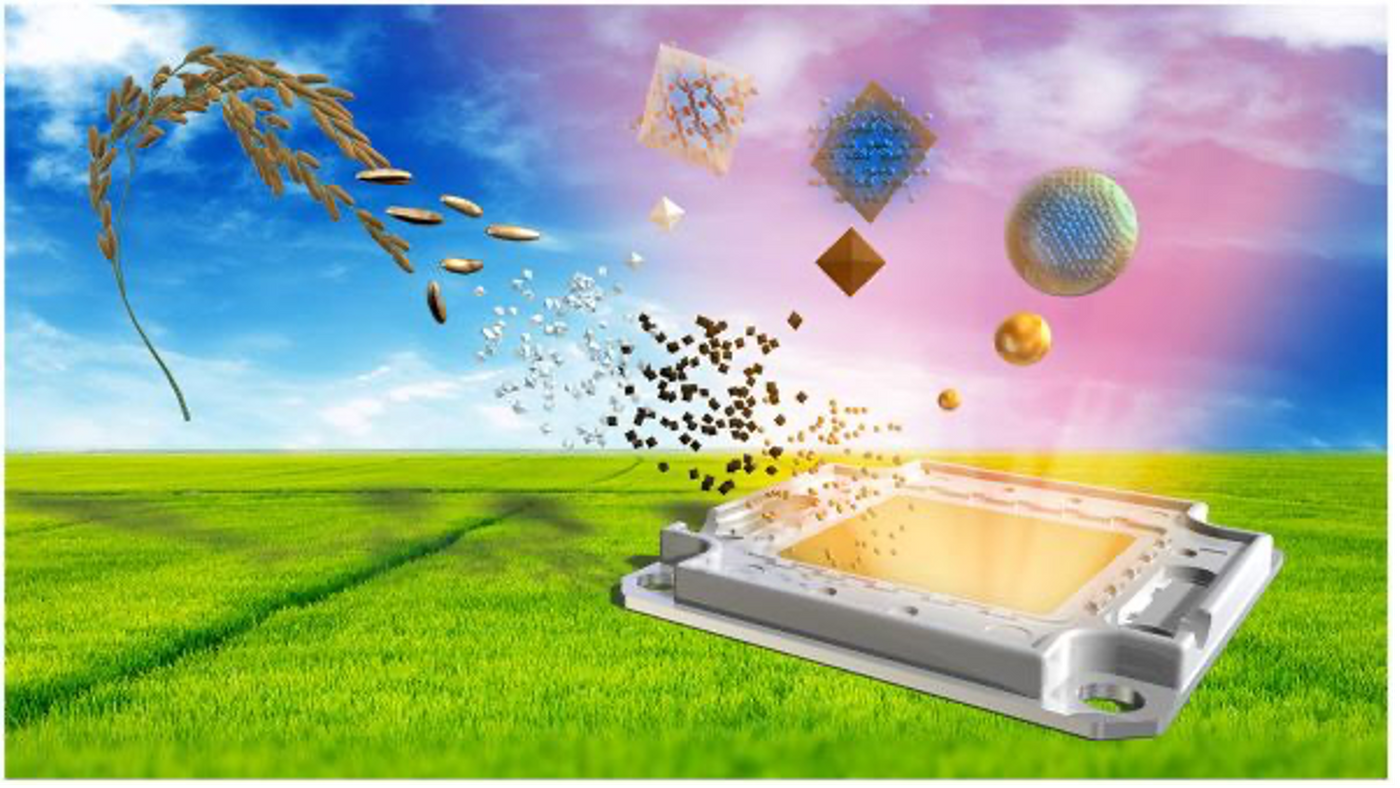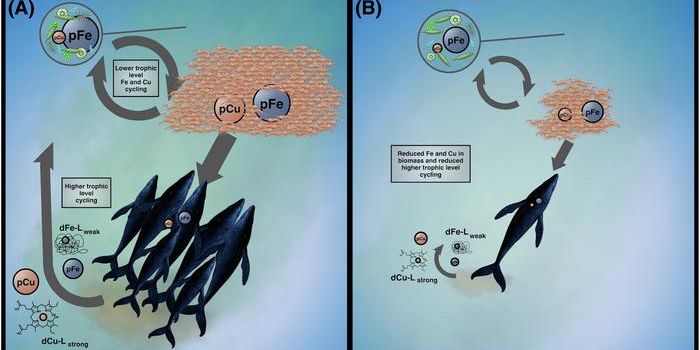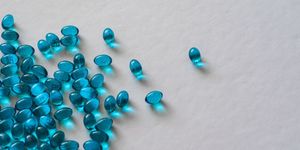Making LEDs from Discarded Rice Husks
Researchers from Hiroshima University in Japan have discovered an innovative way to turn discarded rice husks into light-emitting diodes (LEDs).
Published in ACS Sustainable Chemistry and Engineering on January 28, 2022, the novel process was developed in the Natural Science Center for Basic Research and Development at Hiroshima University. According to the authors, milling rice produces over 100 million tons of rice husks globally per year, mostly wasted.
The researcher, led by Ken-ici Saitow, professor of Chemistry at Hiroshima University, focused on making LEDs from silicon-based quantum dots. As the name implies, QD LEDs are similar to basic organic ones but are made from quantum dots. QD LEDs can display more enhanced color than OLDEs, making them desirable for LCD screens in TVs, mobile phones, and game consoles.
Currently, quantum dots are made from toxic materials such as cadmium, lead, or other heavy metals. Quantum dots made from silicon are safer alternatives and can be found naturally. Rice husks, it turns out, are a rich source of high purity silica (SiO2) and silicon powder. So, to create less toxic QD LEDs, the researchers turned to harnessing the readily available material in rice husks as an alternative source.
To make the silicon quantum dots, the researchers began by milling their rice and extracting the silica from the husks by burning off the organic compounds from the husks. The resulting powder was then heated to obtain Silicon powder. Each of the crystals was cut down to 3 nm in size through chemical etching (subjecting materials to a high-pressure, high-temperature chemical spray). Finally, the tiny crystals were chemically stabilized to produce quantum dots.

They will next try to develop higher efficiency luminescence SiQDs, will try to make colors other than orange-red, possibly use this for other plants
In the future, researchers plan to develop higher efficiency SiQDs, create quantum dots that produce other colors, and even potentially adapt the process for different types of plant waste such as sugar cane bamboo, wheat, barley, or grasses that contain silica. They’ve even set their sights on scaling up the process to make it available for commercial use, turning the millions of tons of rice waste into safer LEDs.
Sources: ACS Sustainable Chemistry Engineering, Hiroshima University









